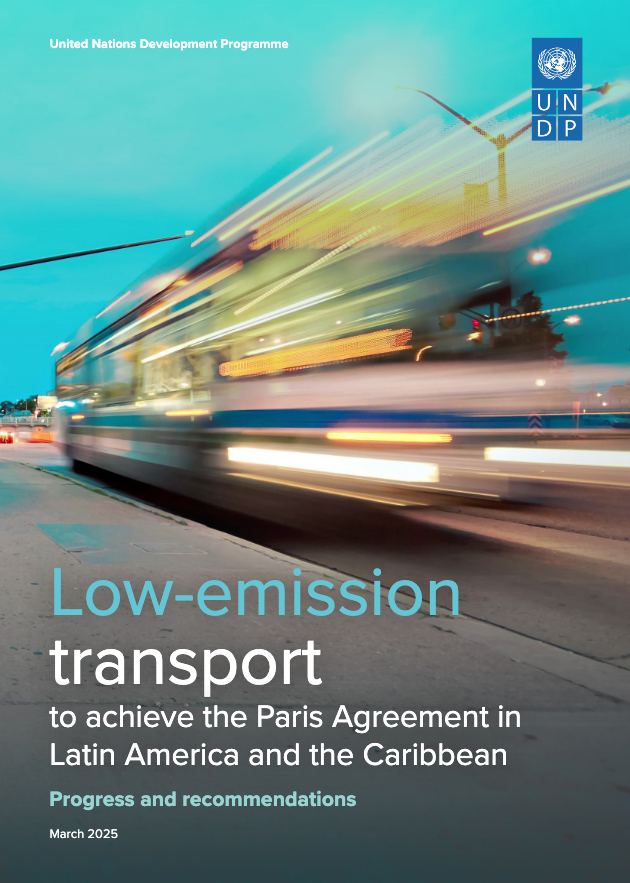In 2015, world leaders signed on to a bold and necessary vision: a collective agreement to limit global warming to well below 2°C above pre-industrial levels, and pursue efforts to limit it to 1.5°C. This legally binding international treaty is known as the Paris Agreement.
For the world to succeed in realizing the goals of the Paris Agreement and avert catastrophic climate change impacts, countries must urgently pivot towards low-emission economic development. According to scientific models, this requires achieving net-zero greenhouse gas emissions by the second half of this century. Net-zero emissions are achieved when there is balance between the quantity of greenhouse gases released from human activities and those removed from the atmosphere.
To achieve net zero, we must dramatically change the way we produce energy, how we farm and how we travel, and what we produce and consume, while also ramping up efforts to remove carbon from the atmosphere.
In addition to national climate pledges, or Nationally Determined Contributions (NDCs), which capture national commitments to tackle climate change in five-year cycles, the Paris Agreement also invited countries to communicate their Long-Term Low-Emissions Development Strategies (LT-LEDS), also known as Long-Term Strategies (LTS).
LTS envision a whole-of-society transformation over several decades, looking towards 2050. They provide a framework for countries to evaluate socio-economic benefits, helping justify climate-friendly policies with social benefits like improved health and job security. They also guide and strengthen NDCs by linking short-term planning to long-term objectives, preventing fossil fuel-intensive investments, sending clear economic signals to investors, facilitating a just transition, enhancing climate financing, and promoting institutional coordination for effective climate action.
When countries officially communicate their LTS to the United Nations Framework Convention on Climate Change (UNFCCC) it is called a LT-LEDS. According to the latest UNFCCC LT-LEDS synthesis report, 68 LT-LEDS have been submitted, representing 75 Parties to the Paris Agreement. These strategies collectively account for approximately 76 percent of global emissions. The report highlights that these Parties have set long-term mitigation goals, with 82 percent aiming for net-zero emissions by 2050.
Under the Climate Promise, UNDP is supporting more than 37 countries to design and implement their LTS and setting their net-zero targets and visions, while ensuring their alignment with NDCs and other national strategies and climate action plans.





